We may earn money or products from the companies mentioned in this post. This means if you click on the link and purchase the item, I will receive a small commission at no extra cost to you … you’re just helping re-supply our family’s travel fund.
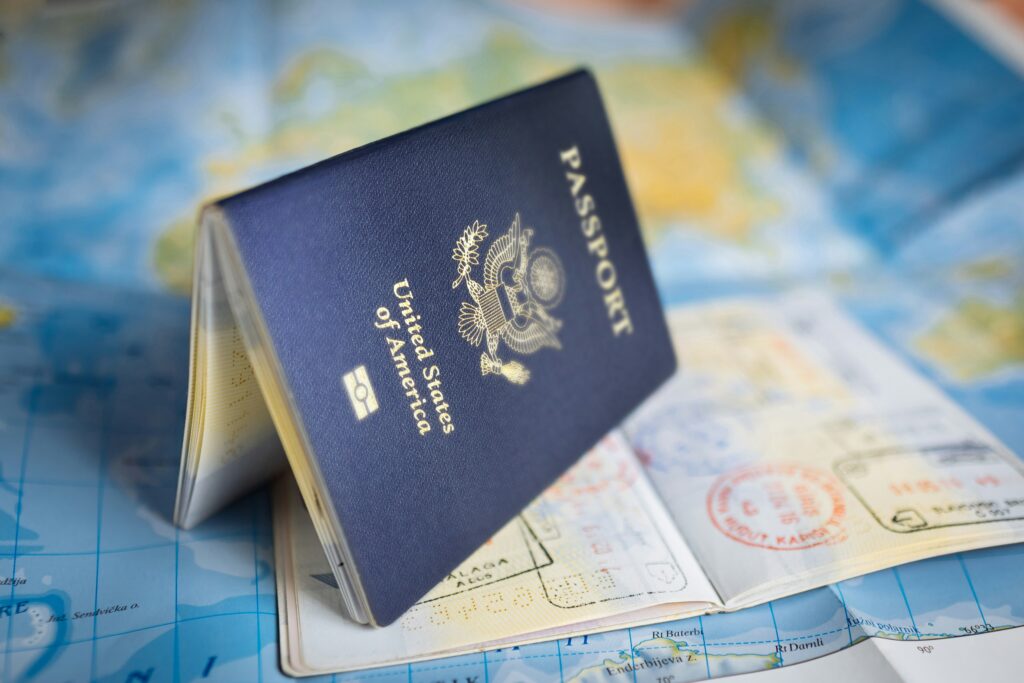
The moment you book a flight or dream about walking foreign streets, your visa journey begins often with more complexity than the travel itself. It’s not just about access; it’s about credibility, precision, and planning. A single misstep can mean rejection, extra costs, or a scar on your future travel record. Whether you’re heading out for leisure, work, or study, solid visa preparation protects your plans. From choosing the correct category to knowing the latest fees and rules, here are ten ways to ensure your passport leads to smooth takeoffs not sudden setbacks.
1. Pick the Visa That Matches Your Purpose Exactly
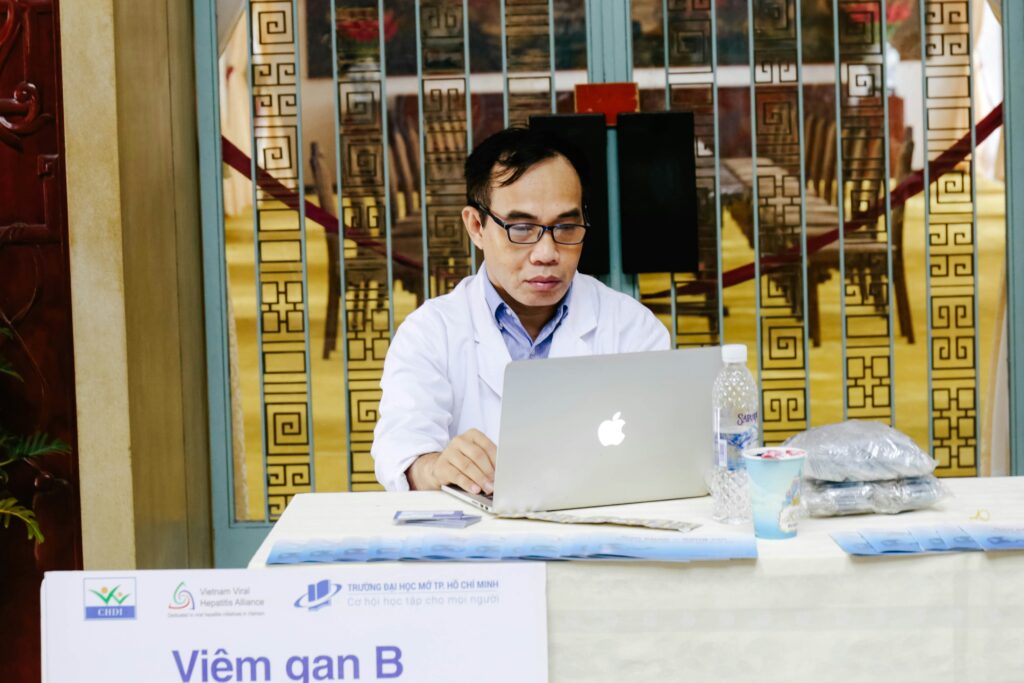
Not all visas fit all trips. Each visa type tourist, business, student, or work comes with specific eligibility requirements. If your activities don’t match the visa type, you risk denial or problems at immigration. For instance, attending meetings on a tourist visa can be flagged as misuse. When in doubt, research your destination’s visa policies in detail or consult a professional. The correct visa isn’t just paperwork it’s proof you respect the rules.
2. Fill Form DS‑160 with Absolute Precision
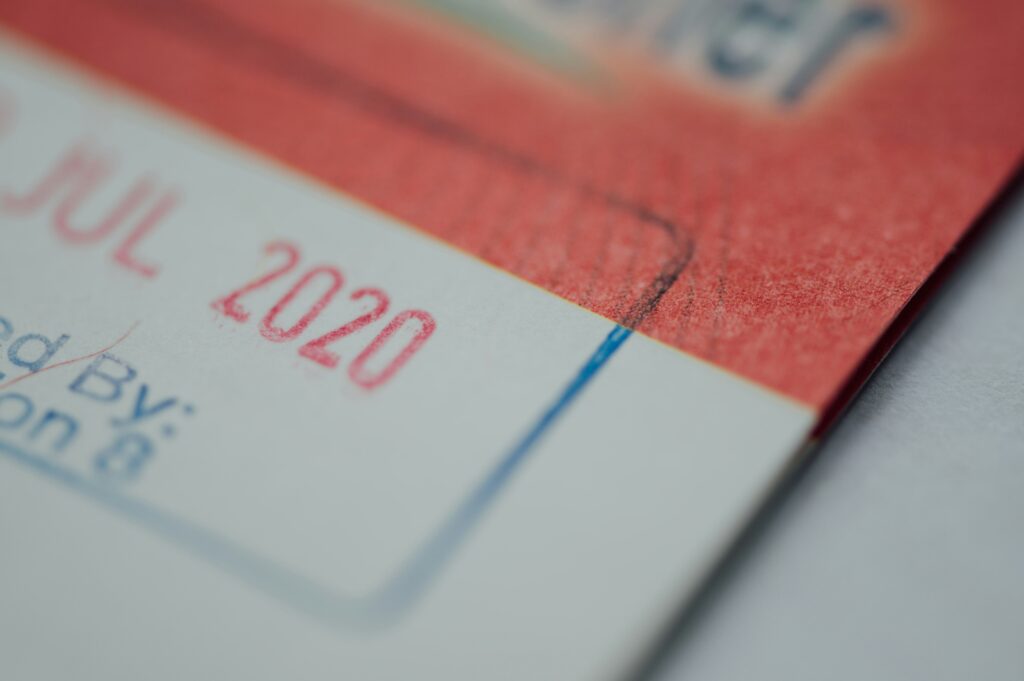
The DS‑160 form is required for nearly all nonimmigrant U.S. visas, and once it’s submitted, corrections aren’t allowed. Mistakes no matter how small can delay or derail the process. Enter names exactly as they appear on your passport. Review your travel history and answer questions truthfully. Even inconsistent employment dates or missing middle names can raise concerns. Accuracy here saves time later, especially during the visa interview.
3. Prepare Genuine, Organized Supporting Documents

Supporting documents are not just a formality they’re your proof of intent. This includes bank statements, employment letters, travel itineraries, and invitation letters, depending on the visa type. Ensure everything is consistent: if your itinerary says a two-week trip, your bank balance should reasonably support that. Avoid photoshopped or templated documents they’re easily flagged. Organization matters too present papers in order and bring printed copies, even if digital uploads are accepted.
4. Be Ready for the Interview, and Stay Relaxed
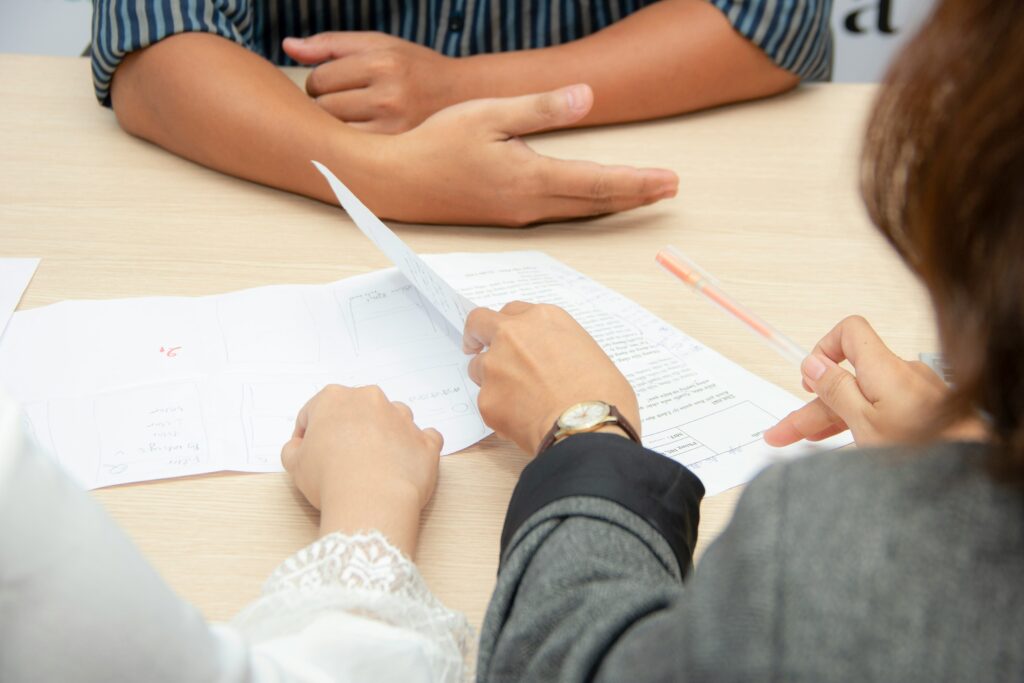
The visa interview is your moment to validate your case. Officers want concise, honest answers long-winded or evasive responses raise suspicion. Practice common questions like your trip’s purpose, ties to home, and financial plans. Avoid memorized responses; just be natural. Dress neatly, arrive early, and make eye contact. Nervousness is normal, but clarity and calmness often speak louder than credentials. Confidence shows you’re prepared not hiding anything.
5. Sign Up for STEP Before You Depart
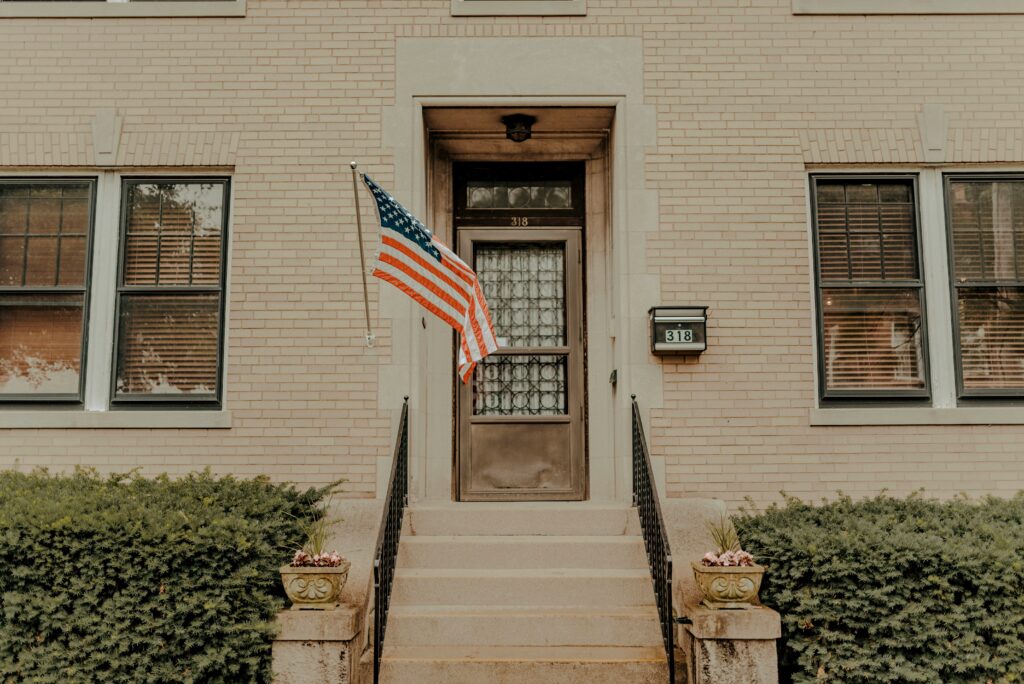
The Smart Traveler Enrollment Program (STEP) is a free service that links your trip to the nearest U.S. embassy or consulate. If something goes wrong natural disaster, unrest, or emergency you’ll get safety alerts and support faster. It also helps friends and family locate you if necessary. Enrolling takes minutes but adds a serious layer of protection, especially in countries with changing political or health conditions.
6. Watch for New Fees and Bond Programs
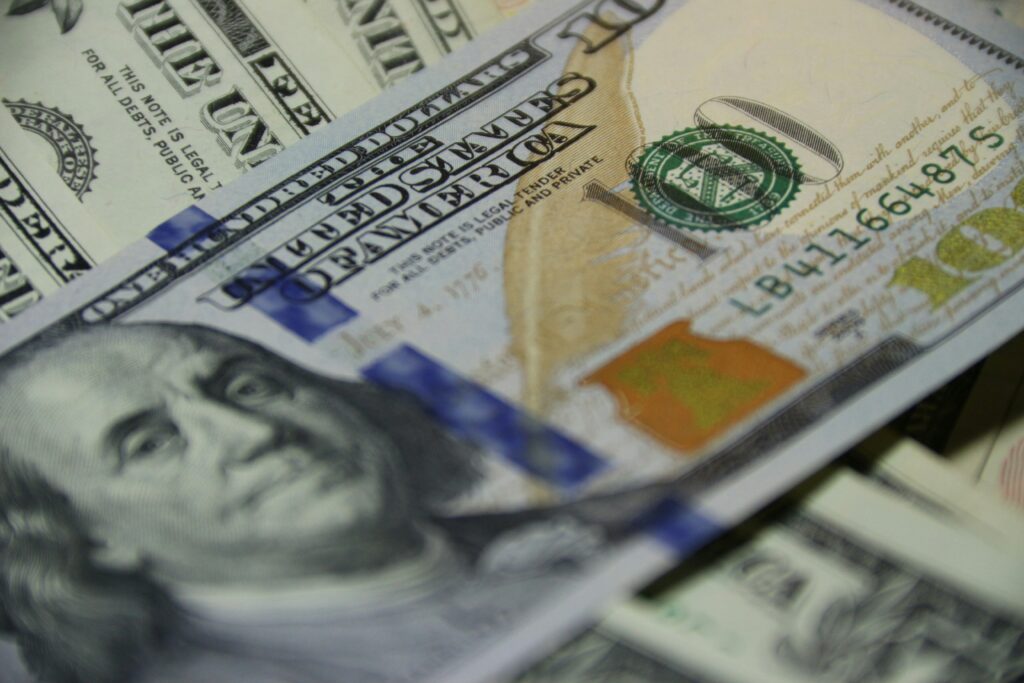
Visa regulations shift often. Some new programs now require financial bonds or integrity fees especially for travelers from countries with high overstay rates. As of August 2025, bonds of up to $15,000 and refundable $250 fees could apply to certain travelers. These policies are evolving, so always check the latest requirements well in advance. Even if you’re not affected today, rule changes could impact future trips or reapplications.
7. Never Overstay Consequences Are Real
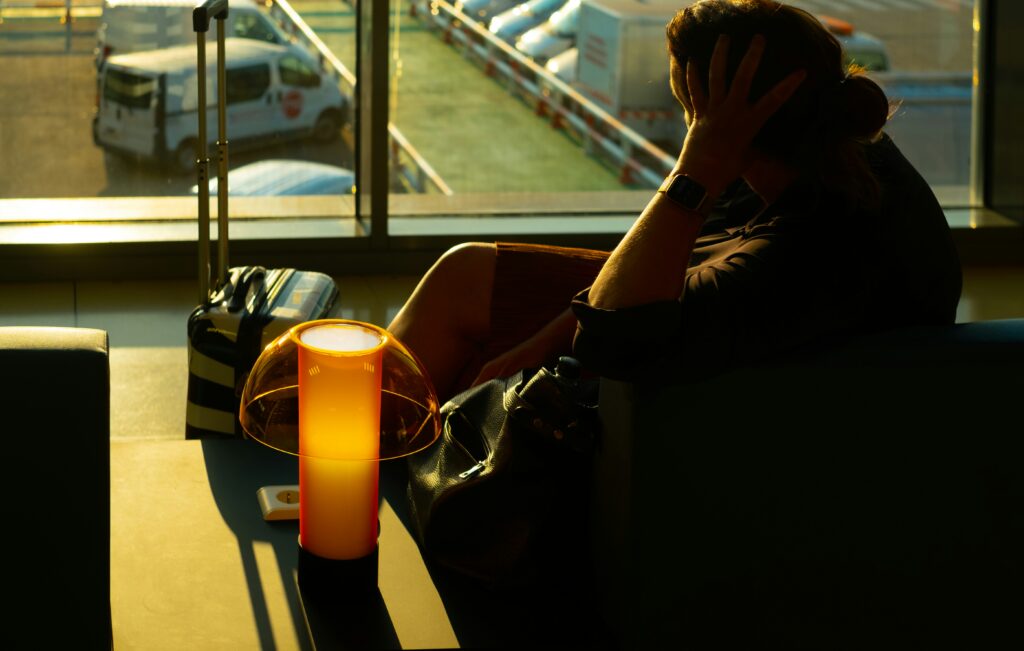
Visas are permission slips, not open-ended passes. Overstaying even by a few days can lead to bans, fines, or long-term visa issues. Immigration systems are now highly digitized, so your entry and exit are tracked. If your travel is delayed due to health or weather, report it to local authorities or your embassy. Don’t gamble with an extra week it might cost you a decade of future access. Always respect the duration granted.
8. Avoid Fake Visa Agencies and Fraudulent Websites

Scammers target hopeful travelers with fake appointments, inflated fees, and bogus promises. Be wary of any service that demands full payment upfront, requests your original passport by mail, or offers guaranteed approvals. Official visa portals are secure, end in .gov or equivalent, and never ask for money over email. If you use an agent, verify their credentials and reviews. The wrong agency can cost you more than just money it can destroy your credibility.
9. Book Refundable Flights or Hold It, Don’t Confirm
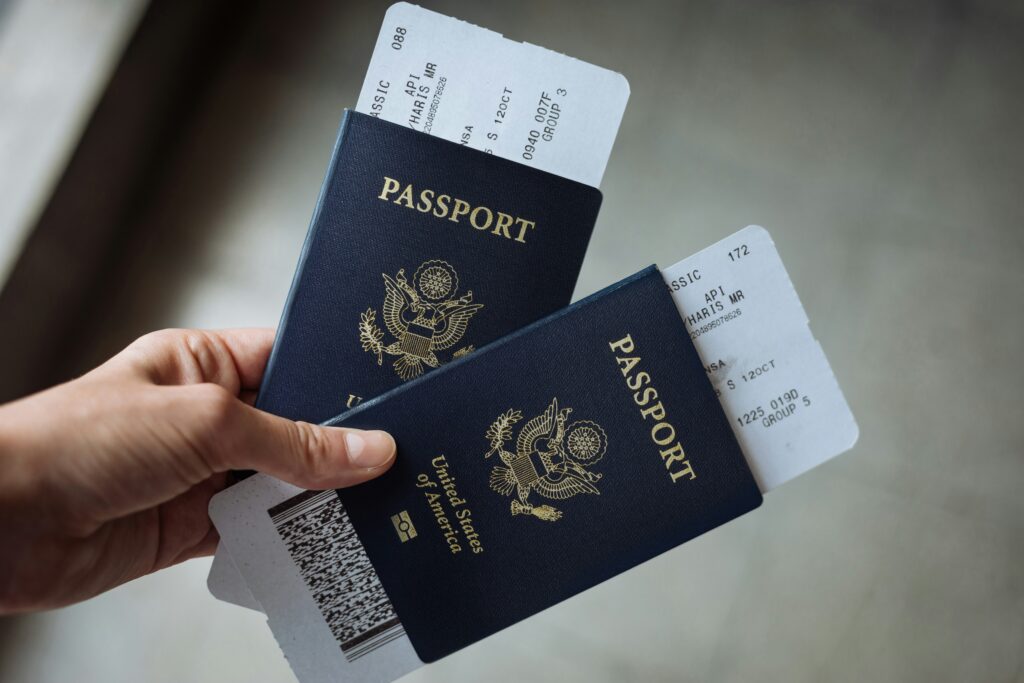
Many embassies require a flight itinerary to prove travel intent, but don’t rush to buy a full-price ticket before approval. Instead, choose refundable options or use a hold reservation from airlines or travel agents. Fake “dummy tickets” are risky and often spotted by consular systems. Real itineraries even if refundable show you’re serious and flexible. If denied, you won’t lose hundreds on a non-refundable mistake.
10. Keep Copies and Know Your Embassy Options
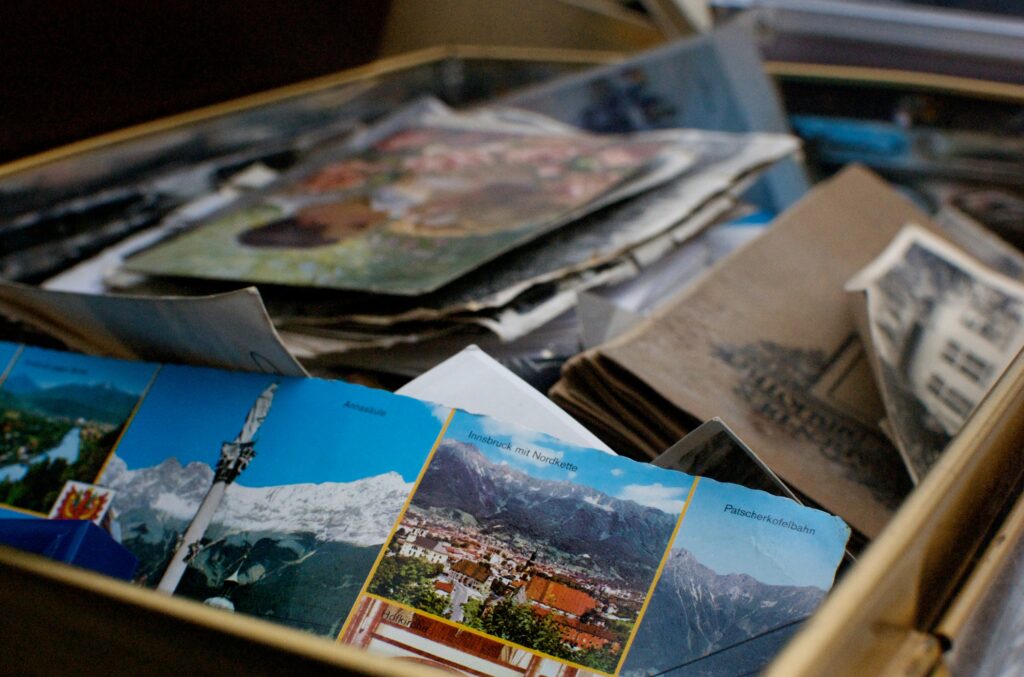
Before departure, make both digital and physical copies of your travel documents passport, visa, application forms, insurance, and bookings. Store them in cloud storage and in a separate bag from the originals. Also, note the address and contact details of your destination’s U.S. embassy or consulate. If something gets lost or emergencies arise, you’ll thank yourself for planning ahead. Preparedness abroad isn’t paranoia it’s peace of mind.
Other Blog Posts You Might Enjoy
www.idyllicpursuit.com (Article Sourced Website)
#Legitimate #Visa #Tips #U.S #Travelers #Idyllic #Pursuit
